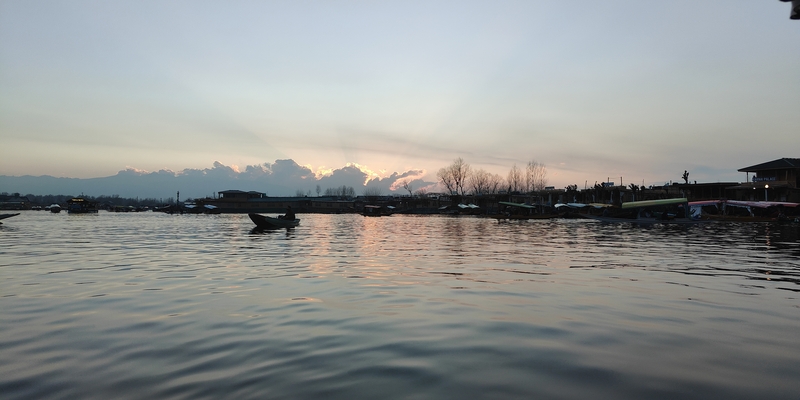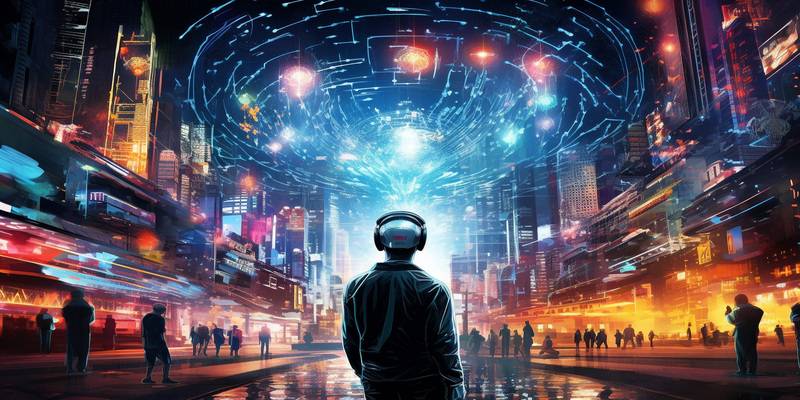Hong Kong highlights 2.0

Another year is in the books with 2021 coming to a close. Throughout 2020, many of us thought that 2021 would be the year when things would finally turn around for the better. Unfortunately, this year has been more of a mixed bag and time has stood still since the pandemic. Hopefully, 2022 will be more promising, with things coming back to normal. Years from now, people will look back at 2021 in Hong Kong, and these events will define the year. While in the first part of our Hong Kong highlights, we spoke about ambush lockdowns, e-voucher schemes, unemployment, vaccine suspension, Ocean Park and MTR’s struggles, let’s see what made news in the second half of the year.
Consumption Vouchers
The government released a scheme where residents were eligible to redeem HK$ 5,000 worth in vouchers. The first instalment was released in August where HK$ 2,000 was given to residents, with over 5.5 million residents applying for the scheme. The second instalment of HK$ 3,000 (Tap & Go, AlipayHK or WeChat Pay HK) and HK$ 2,000 (Octopus) was released on National Day, October 1. These consumption vouchers gave a boost to the covid-affected economy and banded people together in the fight against the pandemic. The retail sales went up by 12% and many local shops and businesses were able to sustain themselves owing to this measure from the government.
Tokyo Olympics and the Paralympics
Due to the pandemic, Tokyo Olympics and the Paralympics were postponed and were rescheduled for 2021. In 16 Summer Olympic appearances, Hong Kong had secured three medals – one gold, one silver and one bronze. However, in its 17th appearance, Hong Kong gave its best performance of all time, securing six medals overall (one gold, two silver, and three bronze). The Olympians secured medals across five events — fencing, swimming, table tennis, kata and cycling.
Fencer Cheung Ka-long registered the city’s first medal (gold) and became Hong Kong’s first Olympic medallist in fencing. Swimmer Siobhan Haughey bagged two silver medals in the 100m and 200m freestyle. The women’s table tennis team of Doo Hoi-kem, Lee Ho-ching, and Soo Wai-yam Minnie won the fourth medal after defeating the German team in the bronze medal match. Karate athlete Grace Lau Mo-sheung also won a bronze on the same day (August 05) to push the tally to five. Cyclist Sarah Lee Wai-sze secured a bronze in women’s sprint (cycling) to register Hong Kong’s sixth and last medal at the event.
After an impressive performance at the Olympics, Hong Kong’s Paralympians showed their might by winning five medals, including two silver and three bronze medals. The list of silver medallists includes Leung Yuk Wing, Lau Wai Yan Vivian, and Wong Kwan Hang (mixed pairs boccia) and Chu Man Kai (badminton). Those who won bronze include Wong Ting-ting (table tennis), Leung Yuk Wing, (boccia) and Chan Ho Yuen (badminton).
Managing COVID-19
The Hong Kong government has used a very cautious approach to combat the pandemic. With social distancing measures as well as a mandatory quarantine for incoming travellers, the city has done well to keep the count low. While imported cases were on the rise, no local cases were reported for 51 days. The streak was broken when a fully vaccinated airport worker tested positive.
Hong Kong’s stern approach to prevent the widespread of COVID-19 often made the headlines. Flights were banned, the quarantine period for fully vaccinated travellers from high-risk areas was raised to three weeks, domestic workers who got vaccinated in their native countries were refused entry and so on. Eventually, some of these measures were relaxed as domestic helpers who got vaccinated in Indonesia and the Philippines were allowed to enter. The new scheme permitted less than 20 workers on a daily basis and hotels were allotted for quarantine purposes.
While there’s still uncertainty as to how many weeks fully vaccinated travellers will have to quarantine after entering the city, it would be safe to say that the government isn’t taking anything lightly and wants to fully access the situation before opening its borders.
Hong Kong-Singapore travel bubble
Hongkongers and Singaporeans were eagerly looking for quarantine-free travel between the two cities to commence as early as possible. However, the plan kept getting deferred for some reason or the other. When Hong Kong was able to limit the number of cases in the city, an outbreak would surface in Singapore and vice-versa. After months of delay, the long-awaited travel bubble was officially called off. The agreement fell through as both the cities had different strategies in place to combat COVID-19.
Job opportunities
In the first half, the unemployment rate had risen to 7.2% which was the highest that the city recorded since 2004. However, things have taken a positive turn as the unemployment rate from July to September has dipped to 4.5%, which is the lowest since the COVID-19 pandemic hit last year and left industries gasping for survival. The professional and business services sector saw a lot of improvement in employment as the unemployment came down to 4.5% from 5% in the last quarter. The arts, entertainment, and recreation sector also saw the unemployment rate coming down to 6.8% from 8.8%, while the food services sector saw a dip to 2.4% from 2.8%. Hongkongers, now is the time to grab your opportunities and make the most of them!
Five new holidays
Several new laws and policies have been introduced in the last few months. The one that Hongkongers would be happy about is the introduction of five new statutory holidays. The legislators found a middle ground considering the interests of both the labour and business sectors, as well as the city’s overall economic situation to add five new statutory holidays to the existing list of 12, making it 17 overall. These holidays will be incorporated by 2030 with Buddha’s Birthday being the first (2022) under the Employment (Amendment) Bill 2021. Boxing Day and three days around Easter will then be added after every two years. Aren’t you excited that there will be five fewer working days by 2030?
Poverty rate reaches a 12-year high
The pandemic crippled Hong Kong’s economy. So much so, that the city’s poverty rate reached a 12-year high at 23.6% in 2020. As per the Hong Kong Poverty Situation Report 2020, 1.65 million people in Hong Kong were poor, which means one out of five people in the city couldn’t afford basic necessities. Despite the government’s efforts to alleviate poverty via cash and subsidies disbursed under the Anti-epidemic Fund, the population of those suffering poverty exceeded 550,000. Due to the government’s intervention, the poverty rate was brought down to 7.9% which could have been much worse because of the pandemic.
While the first half of 2021 was quite forgettable, the second half of the year unfolded in a better manner. For sure, it hasn’t been as smooth as we would have wanted it to be, but we are just glad that it wasn’t as devastating as the previous one. The years 2021 and 2020 will always be synonymous with the time the world went on pause. Hopefully, next year will break that trend with more people getting vaccinated and the world slowly resuming its normal pace of life. Until then, stay safe and take all precautionary measures to prevent yourself and your loved ones.






